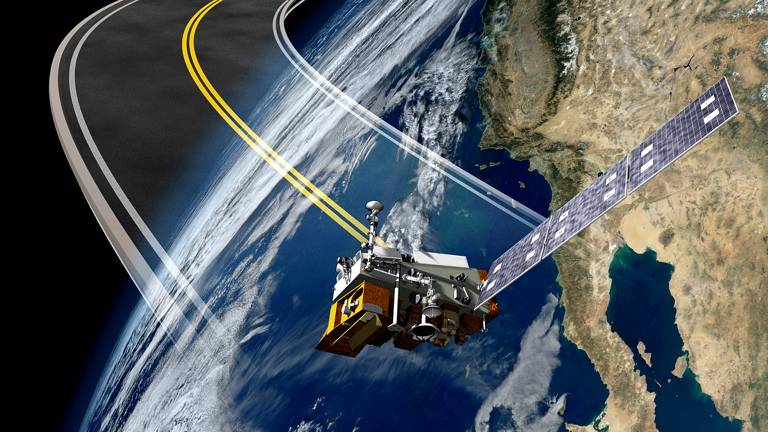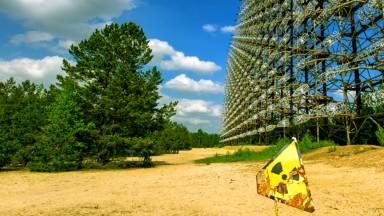
The solar sail of Planetary Society, LightSail 2, was taken into orbit on June 25, at 720 kilometers of altitude, inside Prox-1, a kind of container developed by the students of the Georgia Institute of Technology, and one of the 24 satellites launched with a Falcon Heavy (SpaceX) a few days ago.
So far, tests and checks have been conducted to confirm that LightSail 2 was not damaged in the launch process. Now will start the procedure to get it out of Prox-1 container.
"The Georgia Tech Prox-1 spacecraft did its job perfectly, delivering LightSail 2 to the desired orbit for solar sailing,” said Dave Spencer, LightSail2's Project Manager, at the mission control center in California Polytechnic State University.
Long and Fragile
Before the unfolding of the mainsail elements, a further phase of control is expected which takes around a week. The controls are extremely sophisticated because the deployment of the sail must take place with the maximum precision as the sheet, made of polyethylene terephthalate, has a thickness not exceeding the diameter of a human hair, with a surface of 32 square meters. The deployment will take place when a small coil of wire will heat up to cut a cable that keeps the panels closed.
LightSail 2 represents the evolution of the first prototype successfully subjected to a test phase by Planetary Society in May 2015. The design is based on the same concept as the CubeSat miniature satellite. The project is designed by the Planetary Society and funded with a crowdfunding campaign.
Once deployed and received the signal that everything is working properly (There are also two cameras to record the operation) the sails will start rotating in search of its type of "wind", the photons, or the "energy packets" coming from our star.
If the propulsion system proves to be effective, it can in future be used for future similar missions, for example, to asteroids and comets. It will be the beginning of a new era in probe propulsion systems for space exploration.









